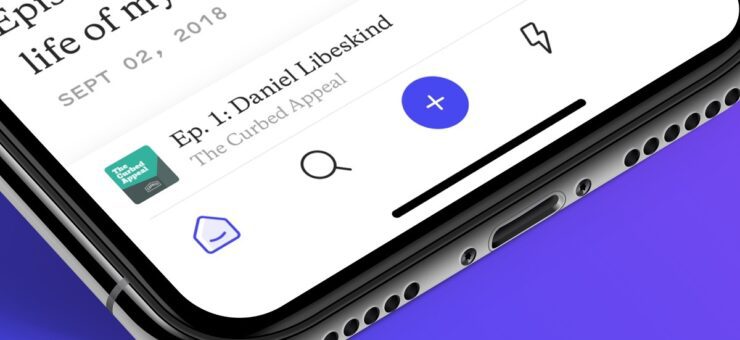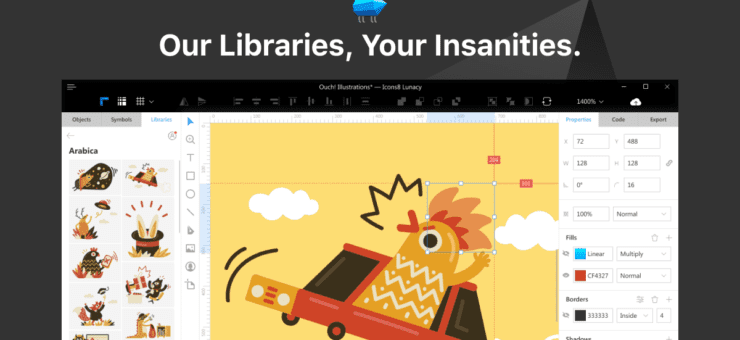Quality assurance (QA) is the key process to go from idea to product launch with the greatest chance of success. Mobile users have a lot of options when it comes to apps. While your app may be fun and unique, if it doesn’t work well, you’re risking the user experience. Read about the types and goals of testing that help to reach good mobile UX.
Bad user experience is one of the fastest ways for a new app to fail. QA services help eliminate many of the bugs and flaws an app has when it’s developed. A little testing can mean the difference between a successful app and one that had a lot of potentials but eventually failed. You can hire a software testing company like QAwerk to do the testing for you, but you should understand the ins and outs for yourself. Knowing what goes into testing will make your product stronger and transform you into a better programmer, too.
Agile Testing and Continuous Integration
Agile development and methods are leading the way for app developers. Faster development is the key to getting products to the market. With the rapid development environments of today, testing can’t wait. Throughout the entire development cycle, testing is being incorporated.
Quality assurance teams must start writing test cases early in the development lifecycle because there’s a short window from the time the product begins development to the time it hits the market. This is called a “sprint.” The average sprint only lasts 10 days, so this means that testing needs to be done continuously so that bugs can be fixed as quickly as possible.
Continuous integration, and continuous delivery, are being added into the testing lifecycle. This is an iterative approach in which small, continuous updates are pushed to a repository. When this happens, small tests can begin on portions of a feature or just on specific features at a time.
Once continuous integration is in place, rapid and efficient testing in small phases can begin.
Multiple tools are available for testing as well as different practices that keep testing advancing as the app lifecycle advances. There are multiple ins and outs that you can follow, but these are the most common and important.
Define the Test Scope and Coverage
Testing should always begin with the team of testers sitting down and determining the scope of the project. This will be determining what the testing actually covers. A few questions to ask during this phase include:
- What features will be tested?
- What functionality of the app should be tested?
Quality assurance testers should have a full understanding of the application as well as the functionality that the application should provide. Perhaps this functionality is not in place yet, but having a thorough understanding of what the developers are creating will help with the testing lifecycle.
Documentation should be provided for testers.
Defining the scope of the testing and coverage will also allow the mobile app testers to determine what type of testing should be performed. There are five main types of testing that may be performed at any given time.
Compatibility testing
Each operating system, be it iOS, Android, or other, has its own software requirements. The compatibility testing is conducted to ensure that the application can work smoothly on the given device.
Functional testing
This type of testing is essential as it is aimed at making sure that the app works the way it should, and all the design and requirement specifications have been met.
Performance testing
Each app is optimized to give the best experience using the least device’s resources. No one likes the apps that work slowly or use a lot of memory. That’s why performance testing should not be omitted.
Security testing
Online store or a photo editor, most of the apps ask for their users’ data, from names and emails to more sensitive information. It is crucial to keep this data safe and avoid the leakages. Security testing is a step that assures that there will be no possibility to steal the data.
Usability testing
The main aim of this type of testing is to check how user-friendly the product is. Every app is made for the end users, and it is crucial to know that their experience will be only positive.
There’s often a mix of different testing types conducted at the same time. Functional and usability testing, for example, are two of the tests that are normally conducted together. This may be testing the login feature that is provided and determining how easy and accurate the usability is during the login experience.
This may also include compatibility testing where the tester uses multiple different screen sizes and operating systems to test the login functionality.
If the app is a hybrid, which consists of mobile and web functionality, this also needs to be considered during the scope of your testing. If the app interacts with other apps, this must also be documented so that the quality assurance testers know what they’re testing and how it should interact with corresponding apps.
Plan Your Testing
You can perform manual or automated testing. Ideally, both types of testing will be integrated into your testing plan. Each type of testing has its own pros and cons that you must consider. Automated testing, for example, is good for routine tests on the same type of tasks. For instance, you may use this type of testing for:
- API functionality
- Testing scaling
- Verifying data
Unfortunately, automated testing follows a standard, routine testing pattern. What does this mean? When the application goes to the end user, they will follow different usage patterns than what the developers expect. When this happens, it’s called “in the wild testing.”
In the wild testing is where bugs and app crashes occur most often. Automated tests will not be able to catch these issues, but manual testing can. Manual testing should be put in place towards the end of different application stages to reduce issues experienced in the wild.
Your tester team should:
- Write multiple test cases that allow you to create both manual and automated tests. This should be done in-house, or with a QA company that specializes in app testing.
- Identify different testing partners and approaches. This may include testing what happens to your server during burst usage times. If your app was to become popular overnight, how would your server be able to handle this increase in traffic?
Working with a third-party testing team can allow you to leverage different testing techniques and technologies that a smaller, in-house team may not have available to them yet.
Execute Your Testing Plan
Finally, it’s time to put all of your scripts and test cases into action. This will include running and executing all of your tests over a period of time. You may be running tests for a day, week, or months, depending on the type of testing that occurs.
You’ll almost certainly have some form of continuous integration in place that tests the latest repository every night. This test should send results back to the client so that different changes can be made, and bugs can be corrected rapidly.
During your testing, it’s going to be important to track and manage the defects that you come across. Tracking and managing are some of the most important parts of testing because it is when the developers will correct issues that you bring to their attention.
You can track and manage defects in multiple different ways and with different types of tracking technology. You do need some sort of project management system in place. When defects or issues arise, you should be classifying them as:
- Low priority
- Medium priority
- High priority
- Critical priority
Prioritization is very important because you may have hundreds of different issues that need to be corrected. Knowing which issues are pertinent to correct and which can wait will help developers manage their time better.
Testing is going to be a continual process where you go through new features and coding repeatedly. You want to review your testing process over time and adjust as necessary.
When issues do occur and are reported, it’s important that the testing team take these issues seriously and performs tests that can replicate the problem. Sometimes, it can take weeks to figure out how a bug was found in the first place.
As the testing lifecycle continues, you’ll be able to reduce the number of bugs and issues that your team has until new features are developed.
About the author: this is the guest article by Aleksandra Bondarenko from Redwerk.
Title image made in Photo Creator
Learn what is usability, check how to design user-friendly product pages and billing forms for ecommerce websites, and read how user experience influences the level of trust in the website.




